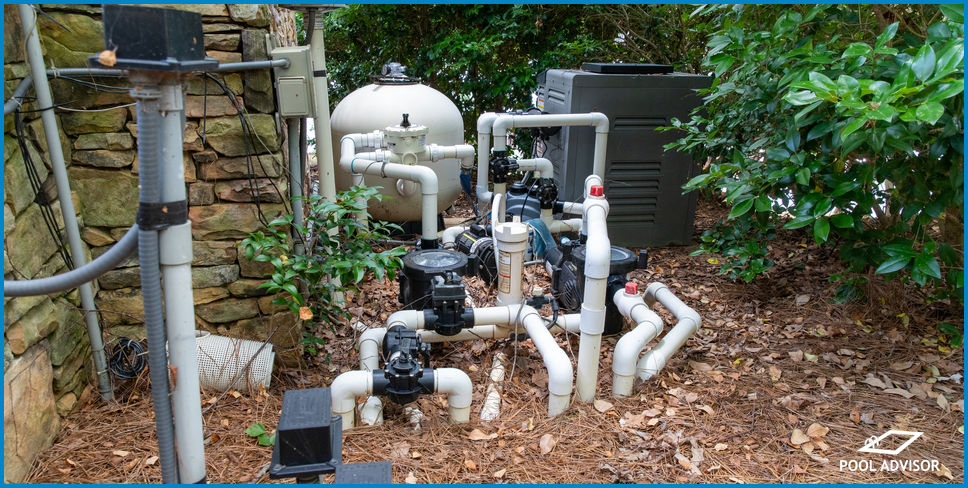
How Long Do Pool Salt Cells Last? Answered
Saltwater pools rely on the use of saltwater chlorine generators in order to maintain adequate sanitised water. These units are one of the major initial investments associated with setting up a saltwater pool, but how long does a salt chlorinator cell last?
In this article we will talk about the expected lifespan for salt chlorinator cells, factors that reduce the life of your salt cell, and signs that you should replace your salt cell.
How Long Does A Salt Chlorinator Cell Last?
Salt cells tend to last for an average of 5 years, with a typical range of 3-7 years. The lifecycle of your chlorine generator’s salt cell depends on many factors related to its maintenance and usage.
Factors That Reduce The Life Of Your Salt Cell
Imbalanced Pool Chemistry
Many problems with your pool’s chemistry can reduce the lifespan of your salt cell, including low pH, high salinity levels, low stabiliser, and high calcium hardness in the water.
Low pH and overly high salinity are both problems that create corrosive water. The elements of your salt cell’s plating that perform electrolysis are highly sensitive to acidic properties, so being exposed to corrosive water for any length of time can cause damage.
Low amounts of stabiliser in your pool will lead to quick degradation of the chlorine that your salt cell produces. This can cause your generator to run for either a long time or on higher settings to make up for the difference, putting more strain on your equipment.
High calcium in your water also negatively impacts the lifespan of your salt cell. Although build up of minerals on the cell should be removed through regular cleaning, this process also erodes the plating on your salt cell.
Regular use of calcium hypochlorite shock treatments in saltwater pools is discouraged for this reason, unless you are monitoring your calcium levels before shocking and ensuring that you are in the recommended ranges.
Inadequate Cleaning Or Overcleaning
Salt cells need to be cleaned regularly to remove any build up of mineral scale. Your salt cell should be inspected every two months to see if it needs cleaning.
Cleaning your salt cell too harshly, either by scrubbing the mineral deposits on it or by using too harsh of an acid, can also reduce its lifespan.
When To Replace Your Salt Cell
Error Messages
Saltwater chlorine generators come equipped with a number of warning lights. These include those that tell you to check your salt levels and salt cell warning indicator lights, among others.
If your salt level indicator light is on even though your pool’s water has adequate salinity levels, this is usually a sign that your salt cell is damaged.
Similarly, if your salt cell warning light is turning on even though the unit has been cleaned recently, it indicates that there is damage preventing it from functioning properly.
Chlorine Is Not Being Produced
If your chlorine generator seems to be operating as normal, but no chlorine is being produced (consistent low/no free chlorine), this is a sign that your equipment either needs to be cleaned or replaced.
Plates Show Damage And Corrosion
When disassembling your chlorine generator and viewing the conductive plates in your salt cell, you may see a buildup of scale, which needs cleaning. This is not the same as damage or corrosion, which involves a loss of the protective coating that exists on the plates of the salt cell.
Scratching, chipping, or other damage to the enamel on these plates can cause your salt cell to lose conductivity, reducing its ability to perform electrolysis.
Summary
Salt cells don't last forever - they need to be replaced at regular intervals. This does add to maintenance costs and is one of the disadvantages of this type of pool, but it is something that must be done if you want to keep your pool in pristine, algae-free condition!

Louis
A chemical engineer by trade, Louis is committed to debunking myths in the pool industry by explaining the underlying chemistry and making it accessible to all.
